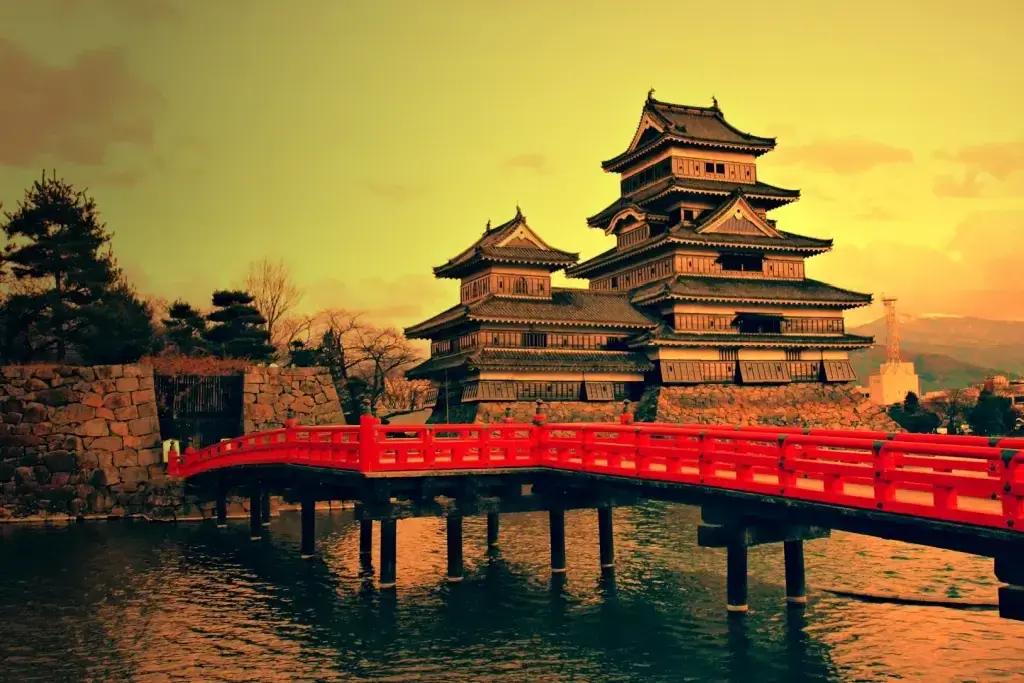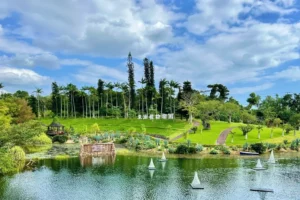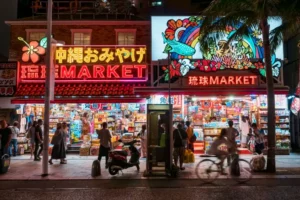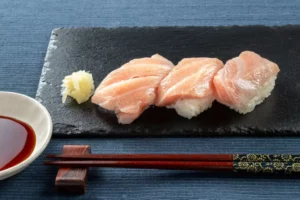Let’s examine Japan’s rich history as we look at the tales of some of the world’s oldest companies. With origins dating back over a millennium, these companies offer a glimpse into Japan’s past, showcasing a legacy of craftsmanship, innovation, and tradition.
Table of Contents
ToggleKongo Gumi (Construction)
Kongo Gumi, the world’s oldest continuously operating business, began in 578 CE. Their first project was to construct Japan’s first Buddhist temple, Shitenno-ji. This project was commissioned by Prince Shotoku and marked the beginning of history over 1,400 years. Over the centuries, Kongo Gumi has built famous temples like Horyu-ji and Koyasan, as well as Osaka Castle.
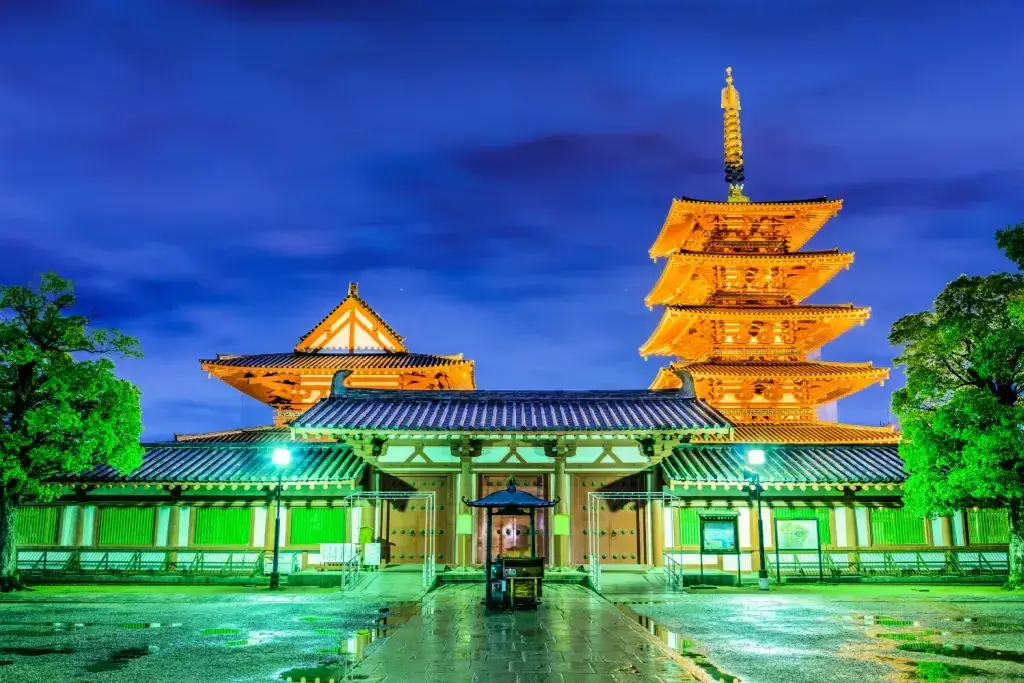
Despite facing challenges like the Meiji Restoration and the Showa Depression, the company adapted and kept its reputation for excellence. Unlike tradition at the time, only the people with the best skills and leadership lead the company. Yoshie Kongō, the 37th and only female head, took leadership because no male successors were available. Today, Kongo Gumi’s legacy lives on through its skilled artisans!
Aritsugu (Knives)
Aritsugu has a history dating back to 1560, when it began as a sword maker for the Imperial household. Over time, Aritsugu began crafting knives and other culinary utensils, earning a reputation for its exceptional quality and craftsmanship. During the Meiji period, Japan experienced a high demand for kitchen knives and cooking utensils. Using its experience, Aritsugu became a leading provider of culinary tools.
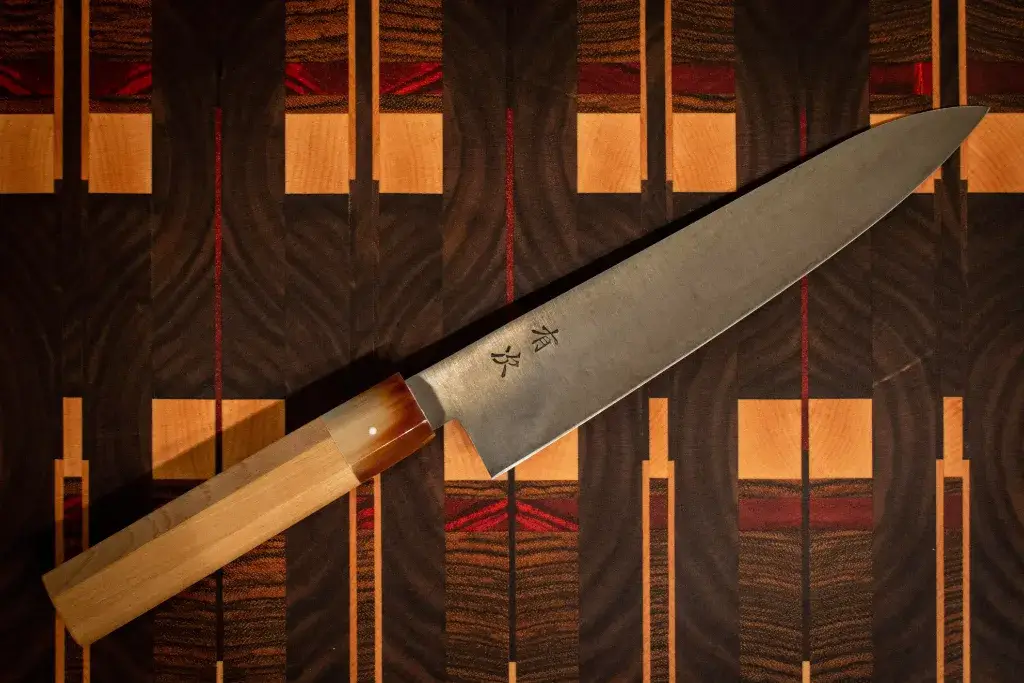
Aritsugu’s offerings extend beyond knives, featuring a range of kitchen essentials such as pots and bamboo. Shinichiro Terakubo, the 18th-generation owner, teaches cooking, knife sharpening, and usage classes, passing knowledge to enthusiasts and professionals. Because of its commitment to Japanese culinary traditions, Aritsugu is a must-visit for anyone exploring Nishiki Market in Kyoto.
Sudo Honke (Sake Brewing)
Sudo Honke, located in Ibaraki Prefecture, began in 1141, making it Japan’s oldest active sake brewery. The current president, representing the 55th generation, upholds a philosophy of simplicity, cleanliness, and natural ingredients. Moreover, the brewery uses high-quality rice, sourced from soil nourished by fresh water, to produce premium Junmai Ginjo and Junmai Daiginjo sake, with most of their offerings being unpasteurized.
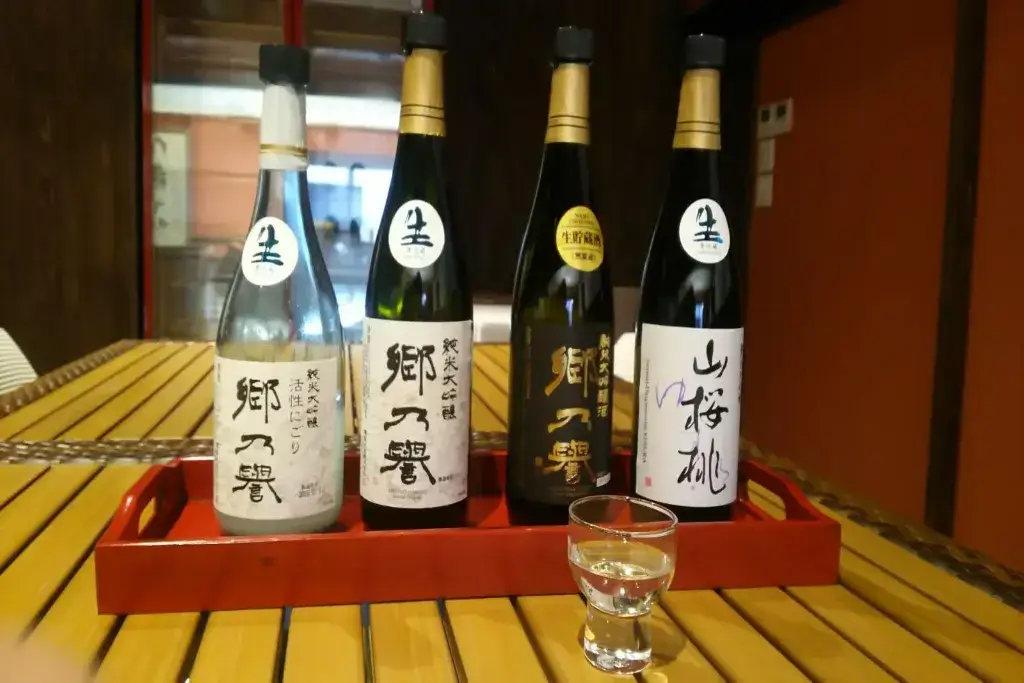
Sudo Honke is a small-scale operation, producing only 800 “koku” (approximately 144 kiloliters) of sake annually during the traditional brewing season. The brewery also prides itself on its fragrant and light sake varieties. As a result, it has earned domestic and international recognition, prizes at wine challenges, and praise from sommeliers worldwide, building a reputation for uncompromising quality and commitment.
Are you looking for some delicious snacks from artisanal establishments in Japan? Check out Sakuraco! Sakuraco delivers traditional Japanese snacks, teas, and sweets from local Japanese makers directly to your door so you can enjoy the latest delicacies directly from Japan!

Tocen Goshoboh (Ryokan/Hospitality)
Tocen Goshoboh is a historic ryokan in Arima Onsen. Established in 1191, Goshoboh has attracted guests such as Shogun leaders and writers. Goshoboh earned the title “Gosho,” meaning “Imperial palace,” after a visit from Ashikaga Yoshimitsu in the 14th century. Over the centuries, the inn has retained its three-story wooden architecture. Under the 15th head, Goshoboh has evolved, blending Japanese heritage, hospitality, and innovation.
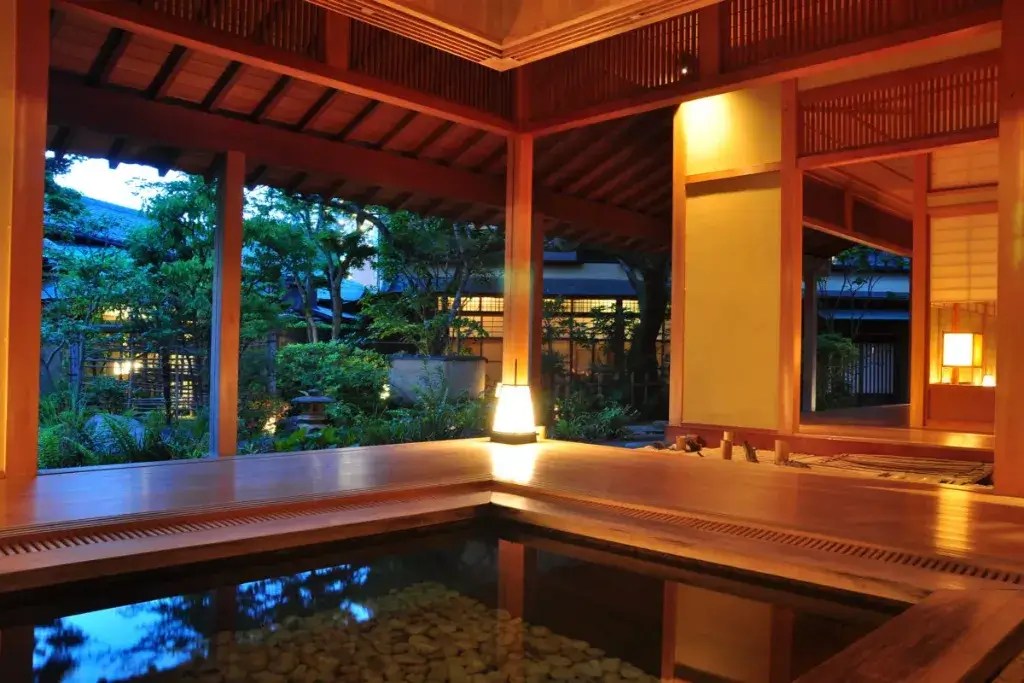
Tocen Goshoboh offers a dining experience that shows the region’s cultural influences. The inn also sources ingredients like Kobe beef, local Miyakata rice, and fresh seafood from the Akashi fishing port. Tocen Goshoboh is also famous for its hot springs: the “golden spring,” known for its high mineral content, and the “silver spring,” prized for its clarity. Visitors can enjoy the hot springs while experiencing the charm of Arima Onsen.
Owariya (Soba Restaurant)
The oldest restaurant in Kyoto, Honke Owariya, has been in the same spot since 1465. Originally a confectionary, the family-owned business introduced treats like soba mochi, soba-ita, and soba-warabimochi. In the postwar era, Owariya expanded its menu, introducing horai soba. Moreover, Owariya sources ingredients like kelp from Rishiri Island and buckwheat from Otoineppu, Hokkaido, maintaining its restaurant standards.
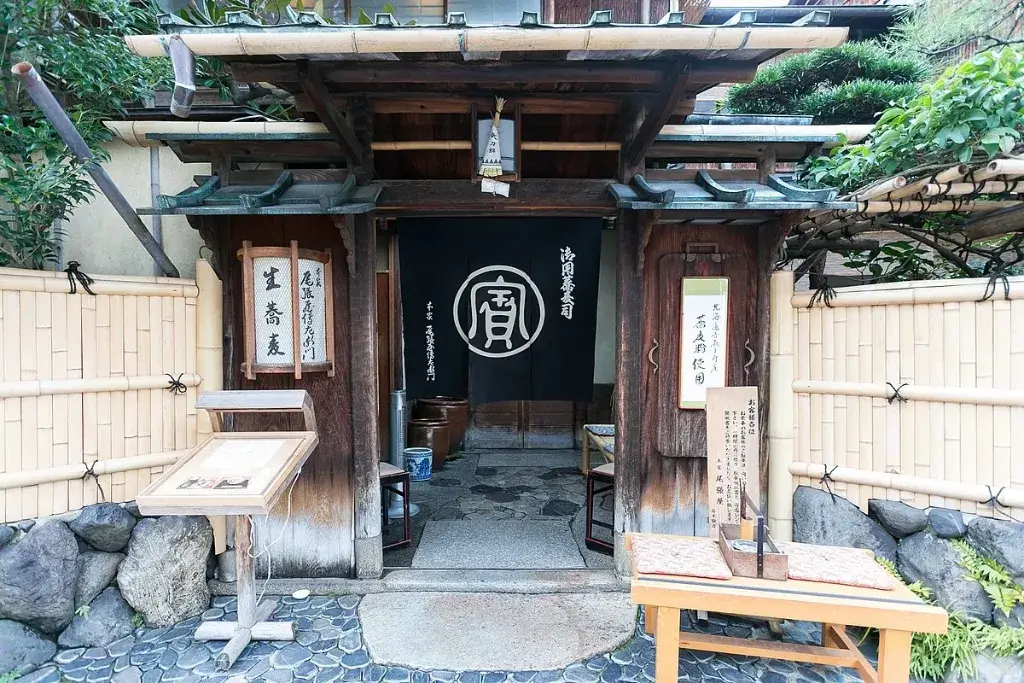
Ariko Inaoka, the 16th-generation head of Owariya, maintains the restaurant’s tradition while embracing modernity. Owariya remains deeply connected to Kyoto, using the city’s water for its signature soup stock for all its branches. Honke Owariya has become famous for its noodles and is a favorite even among members of the Japanese Imperial family when they return to Kyoto from Tokyo.
Why are these gourmet food restaurants special?
All in all, from the craftsmanship of Kongo Gumi to the culinary excellence of Aritsugu and Sudo Honke and the hospitality of Tosen Goshoboh and Honke Owariya, these world’s oldest companies continue to thrive, becoming an essential part of Japanese culture. Have you ever heard of any of the world’s oldest companies? Would you like to visit or work for any of them? Let us know in the comments below!

